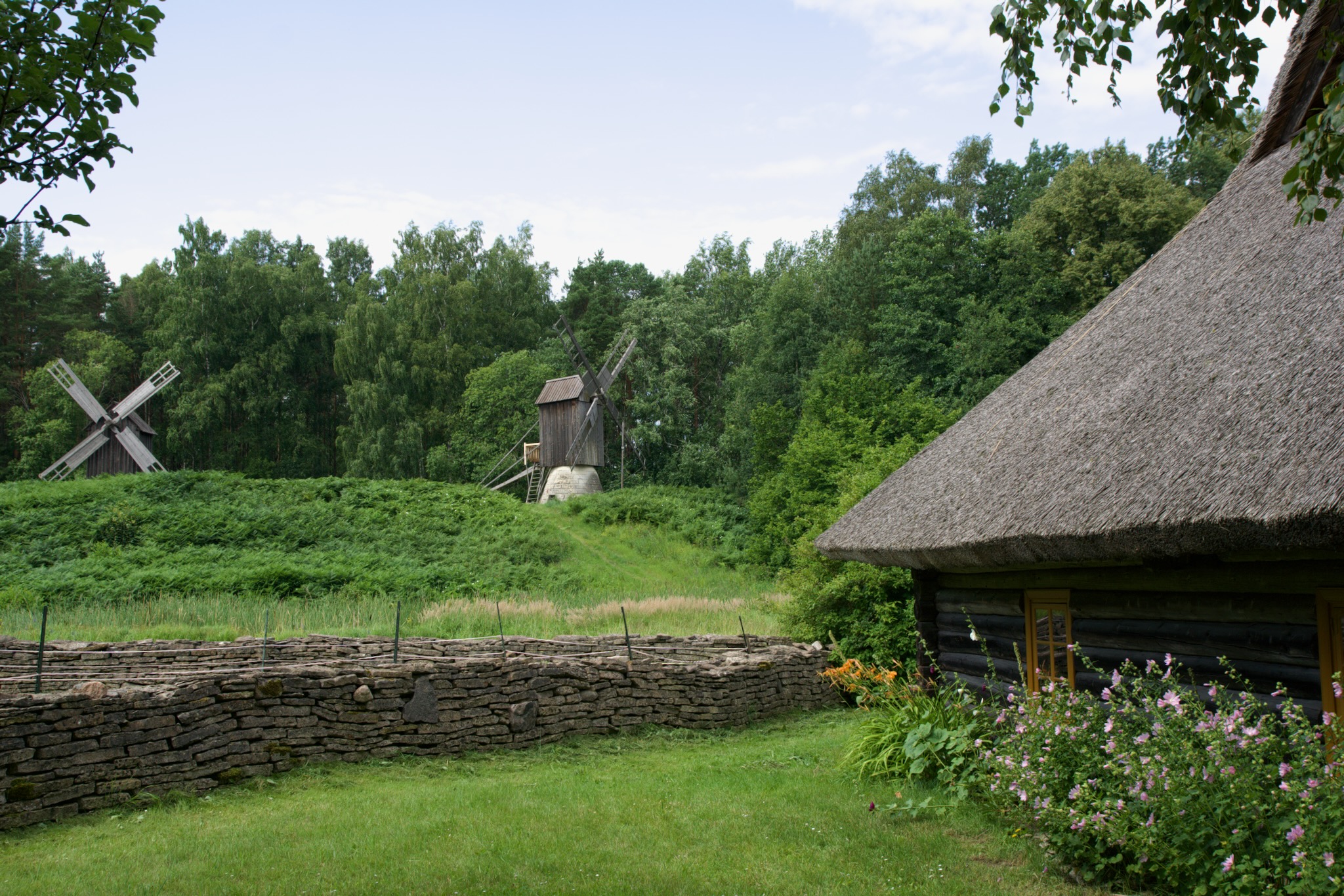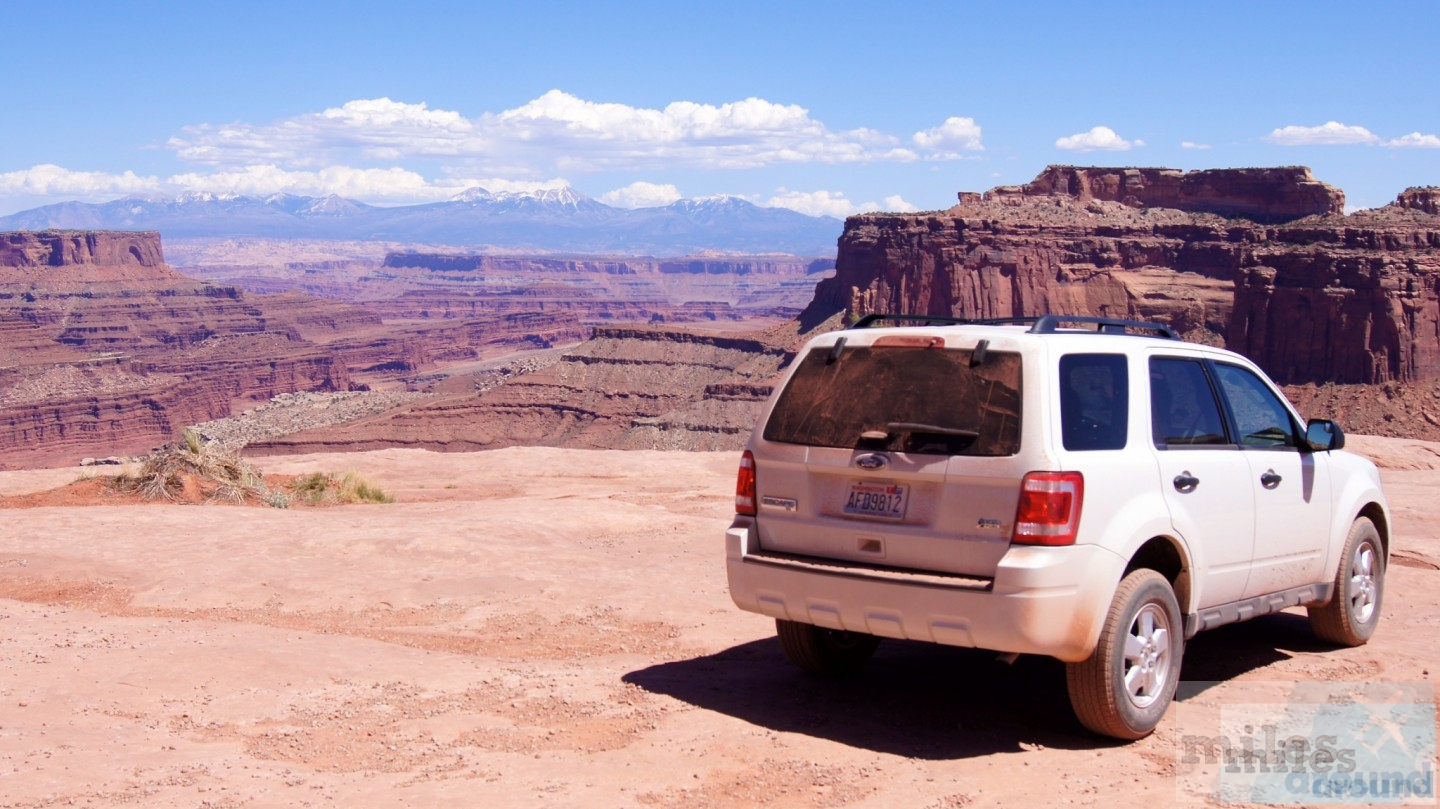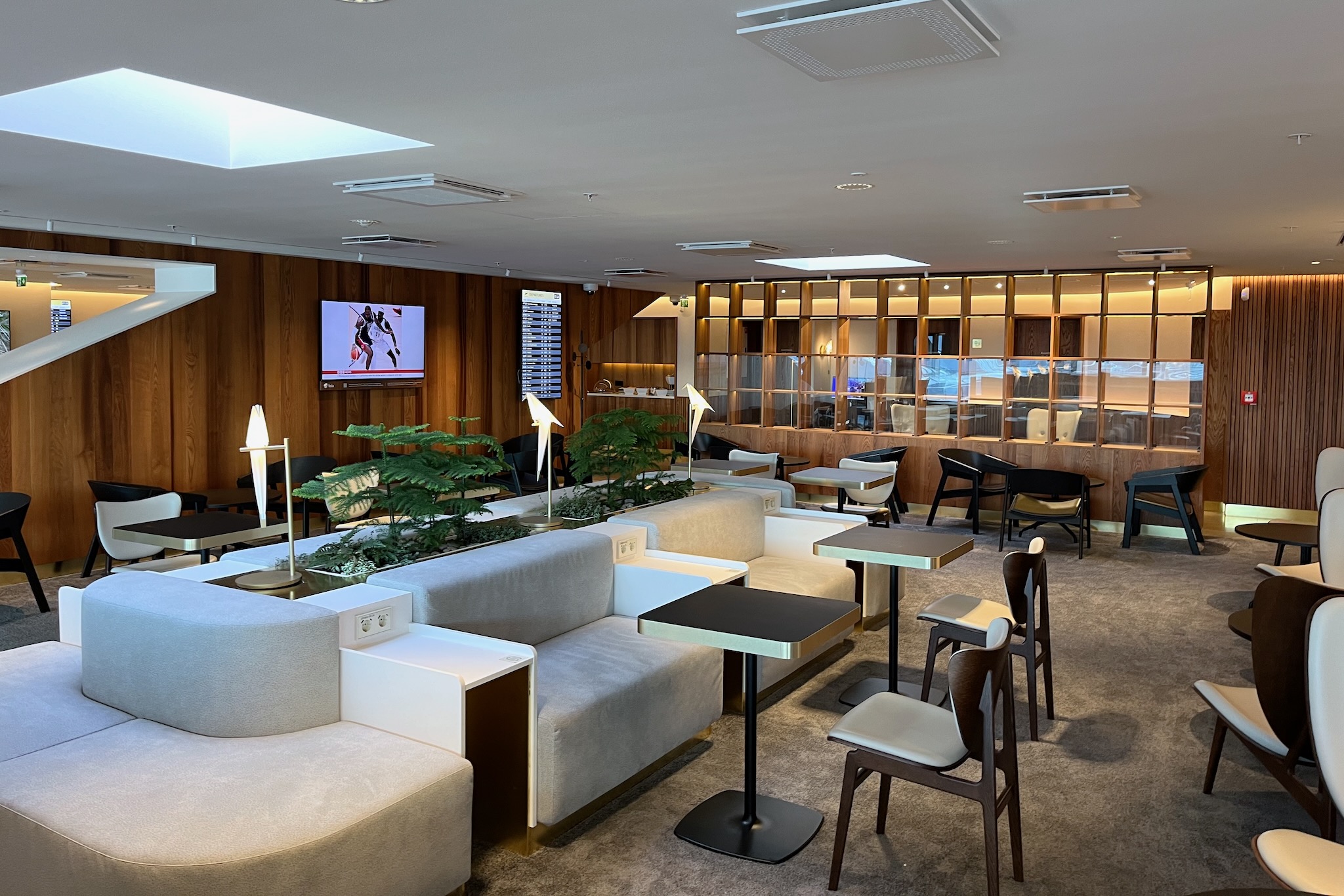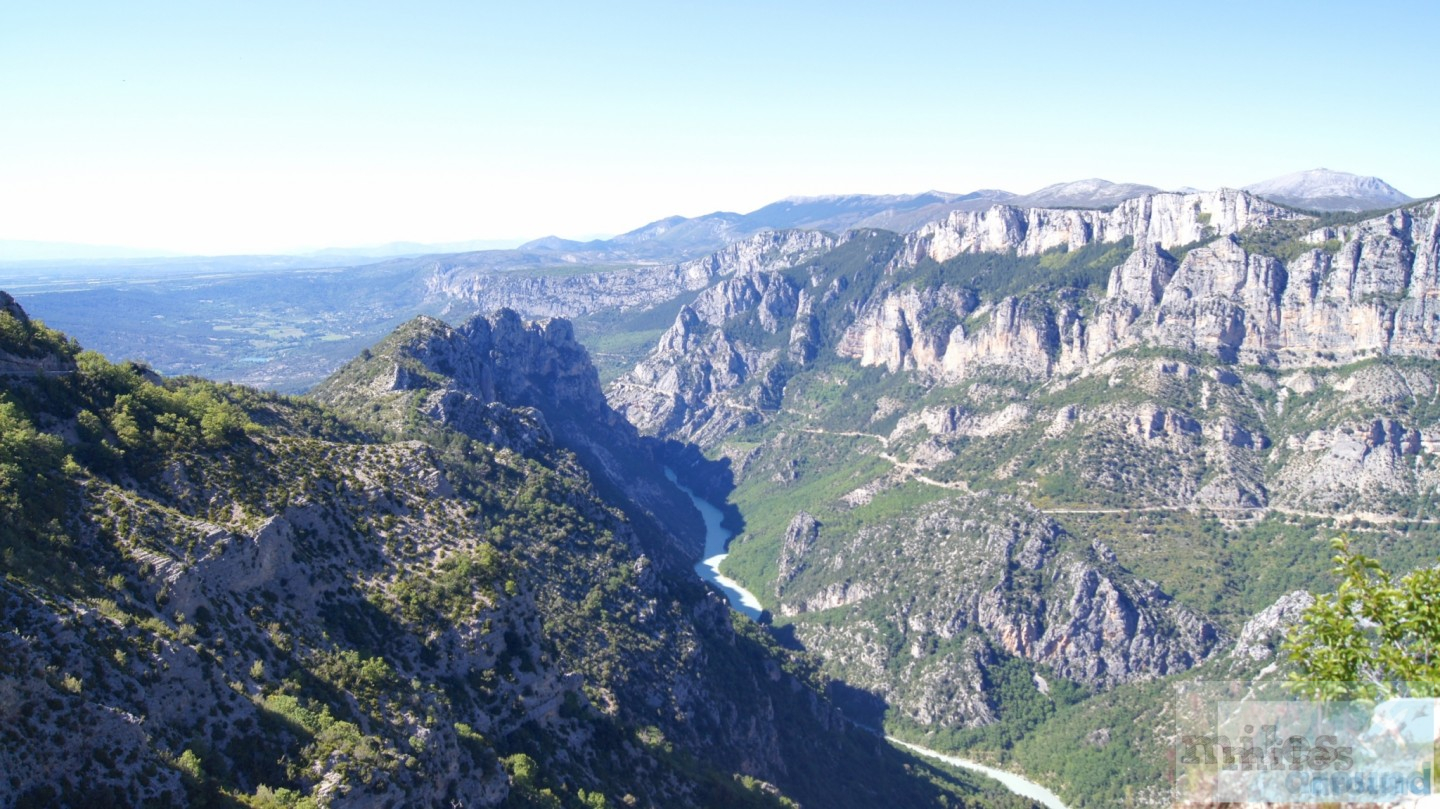Contrary to the typical routes, our summer holiday this year did not take us to the south, but to the north of Europe. In July, we packed our suitcases and flew to Estonia. This beautiful Baltic country combines Scandinavian and Eastern European culture and lifestyle like no other. The summers are not so hot and the nights are light for longer. Read on to find out how we liked it and what you can experience in the capital Tallinn and the surrounding area.
Tallinn Old Town and Upper Town
Tallinn, the capital of Estonia, is a real insider tip for travelers looking for a city that perfectly blends history and modernity. Tallinn's Old Town, also called "Vanalinn," is the historic heart of the city and a true gem that charmingly brings the Middle Ages to life. Just above it sits the Upper Town, "Toompea," an area full of historical landmarks and impressive views, offering fantastic views of Tallinn's rooftops. Since Tallinn's Old Town is relatively small and manageable compared to other European capitals, it's easy to explore on foot. So, we set off from our hotel and were in the thick of the action in just 15 minutes.
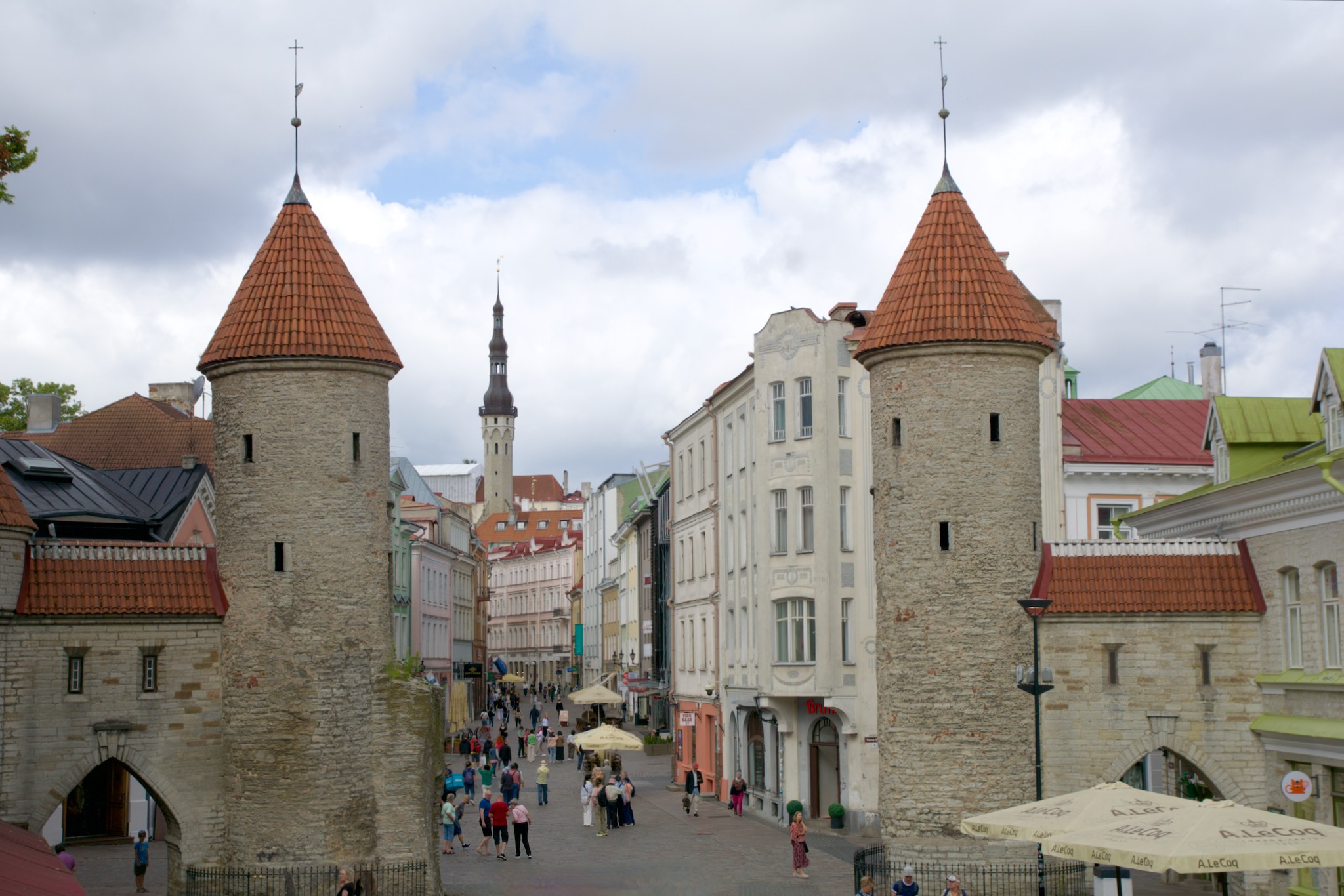
Upon entering Tallinn's Old Town, you'll immediately be captivated by the enchanting atmosphere of its cobbled streets and colorful houses. The Old Town is one of the best-preserved medieval city centers in Europe and will immerse you in another era. We began our exploration at the Viru Gate, one of the city's most famous landmarks. The two towers, once part of the medieval city walls, mark the entrance to the Old Town and invite you to discover its historical treasures. A stroll through the Old Town took us past old merchant houses, small boutiques, and cozy cafés offering a variety of local specialties. An absolute highlight is Town Hall Square, the vibrant center of the Old Town. Surrounded by pastel-colored houses and historic buildings, the square is a lively meeting place, especially in summer. Here you'll also find Tallinn's Gothic Town Hall, the oldest surviving town hall in Northern Europe, which proudly stands guard over the square. In a side street off Town Hall Square, you'll also find one of Europe's oldest operating pharmacies, the Town Hall Pharmacy. The building houses a small museum that beautifully presents the history of pharmacy and medicine.
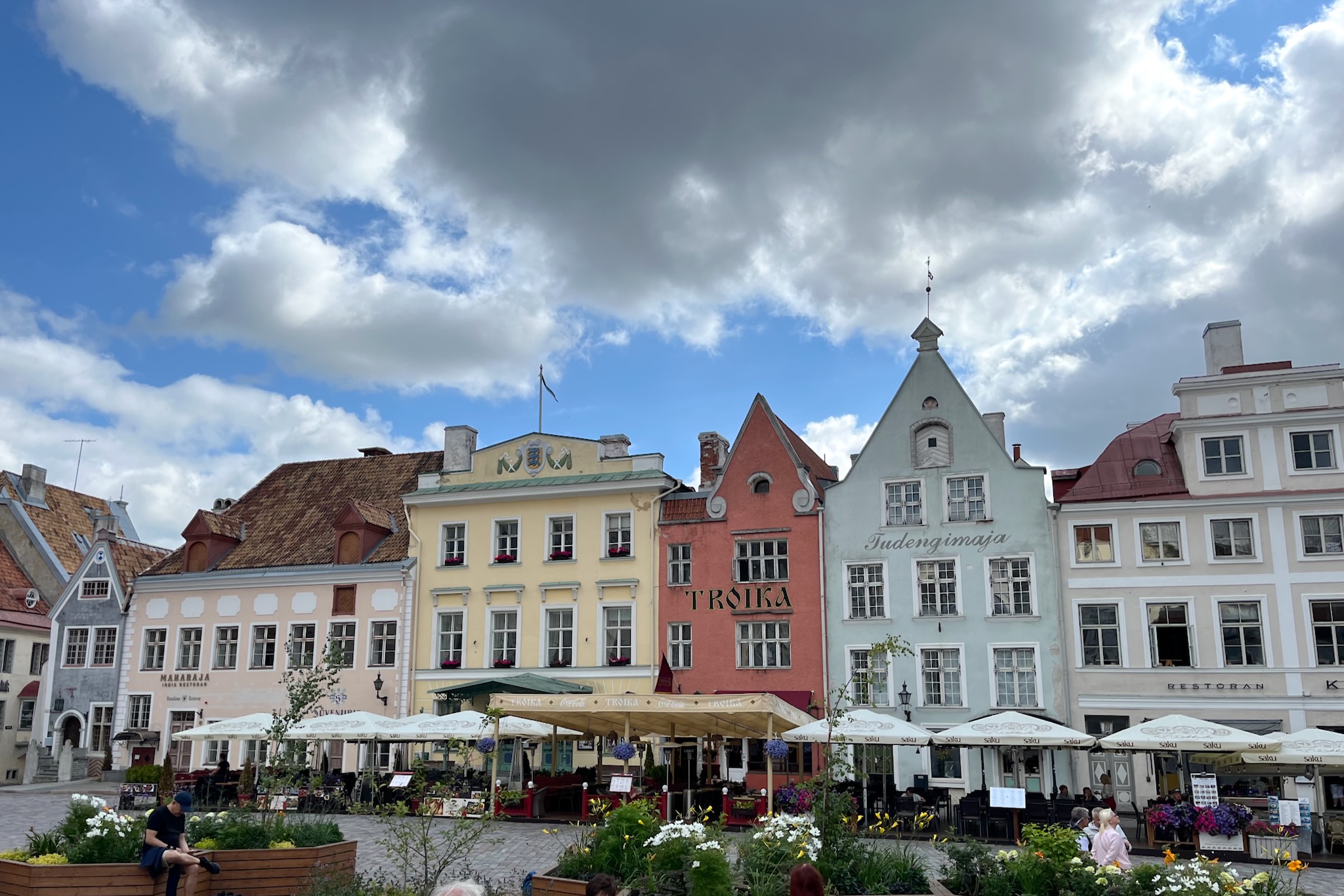
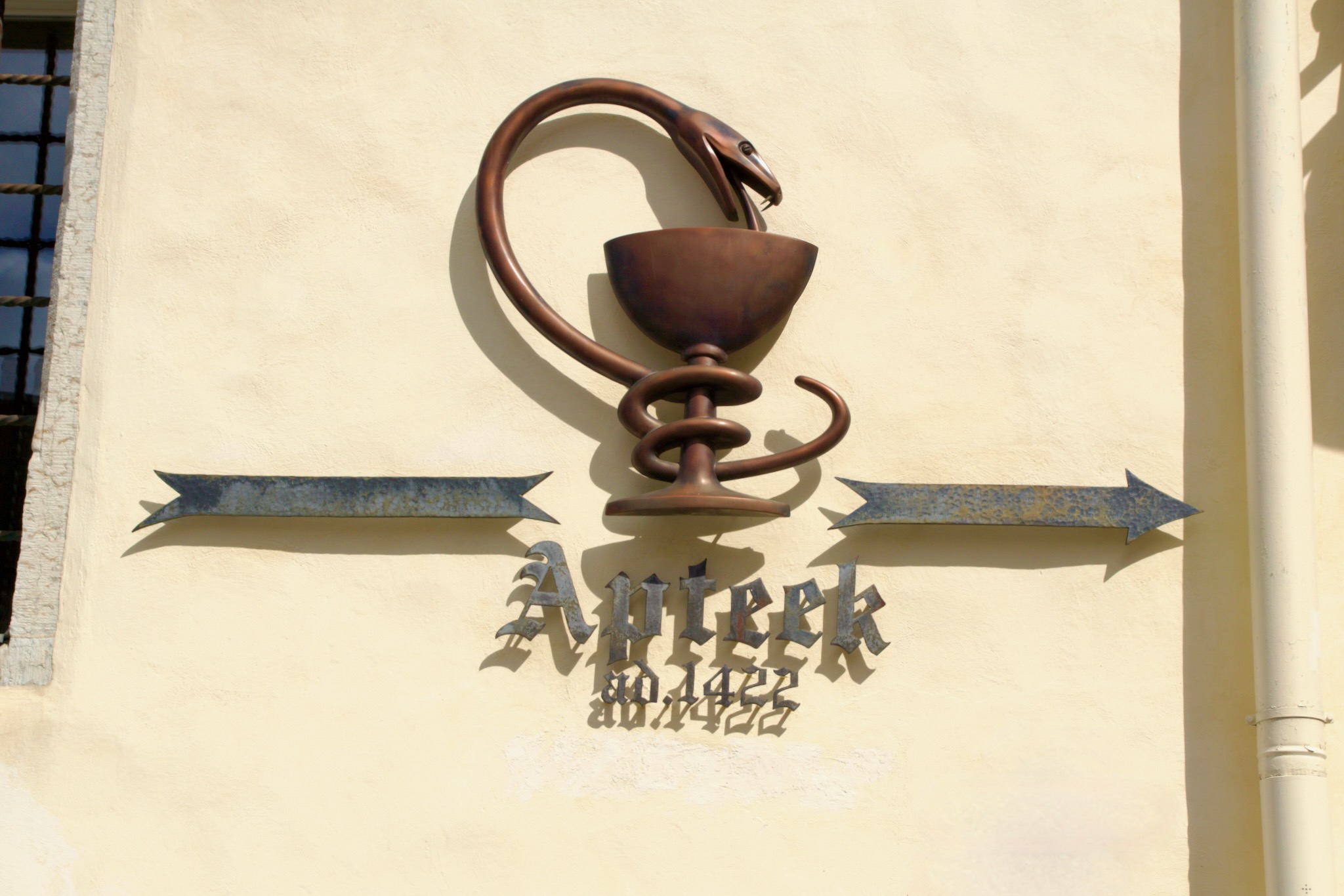
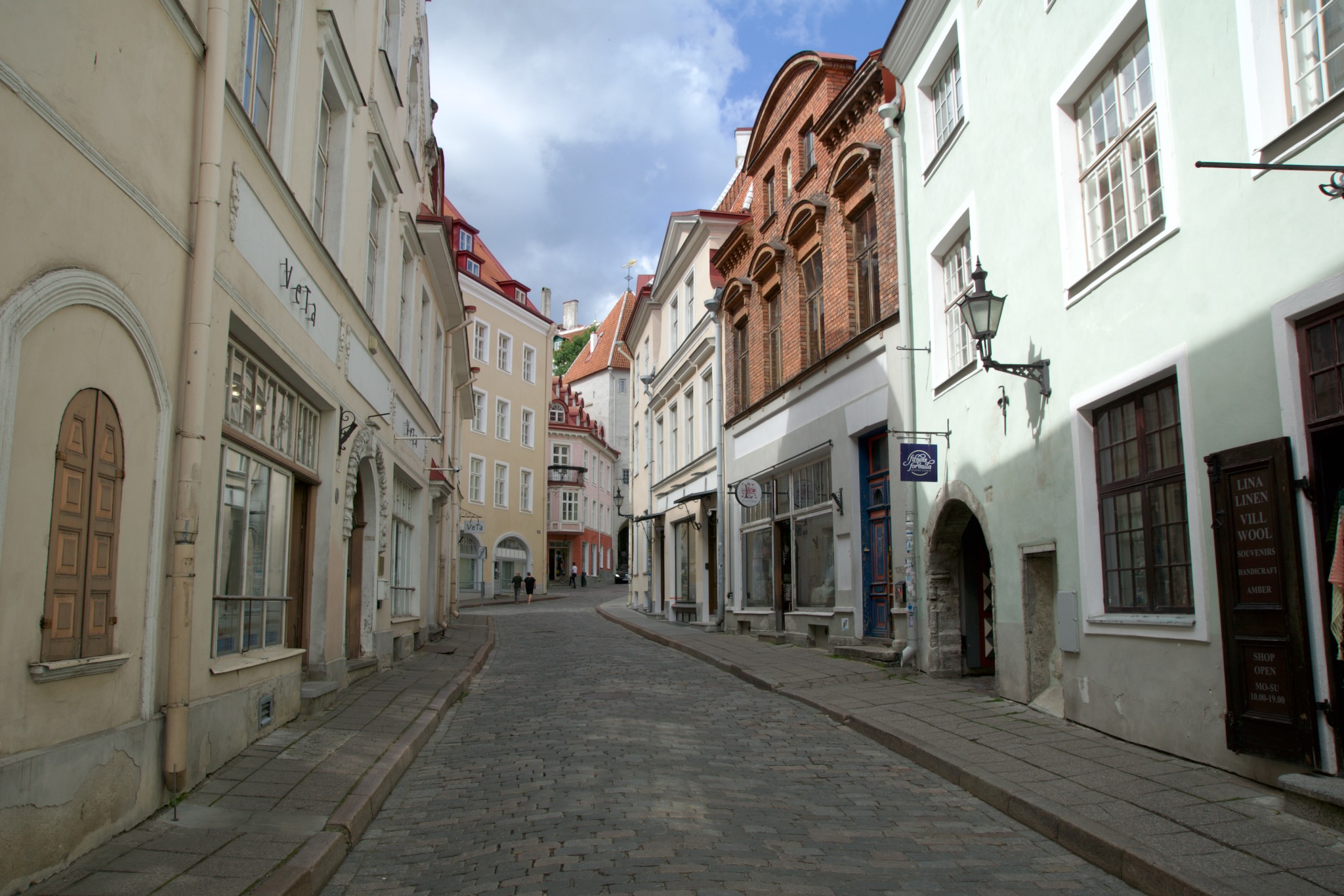
From the Old Town, we walked up to the Upper Town, perched on a limestone cliff and offering unique views of the city below and the Baltic Sea. Toompea is historically the political and spiritual center of Tallinn and is still the seat of the Estonian Parliament. Toompea Castle has undergone many changes over the centuries, but its imposing main tower, "Pikk Hermann," remains a symbol of Estonian independence. From here, we walked to the Alexander Nevsky Cathedral, a magnificent Orthodox church with its iconic onion domes and richly decorated interior. Another highlight in the Upper Town is the Cathedral Church (St. Mary's Church), Tallinn's oldest church. Here, you'll find a collection of intricately designed coats of arms and gravestones that tell the city's history. The Upper Town offers some of the best viewpoints over Tallinn. We visited the Patkuli and Kohtuotsa platforms. These are perfect spots to enjoy the spectacular views of the red roofs of the Old Town and the modern skyline beyond. On a clear day, you can even see as far as the Baltic Sea.
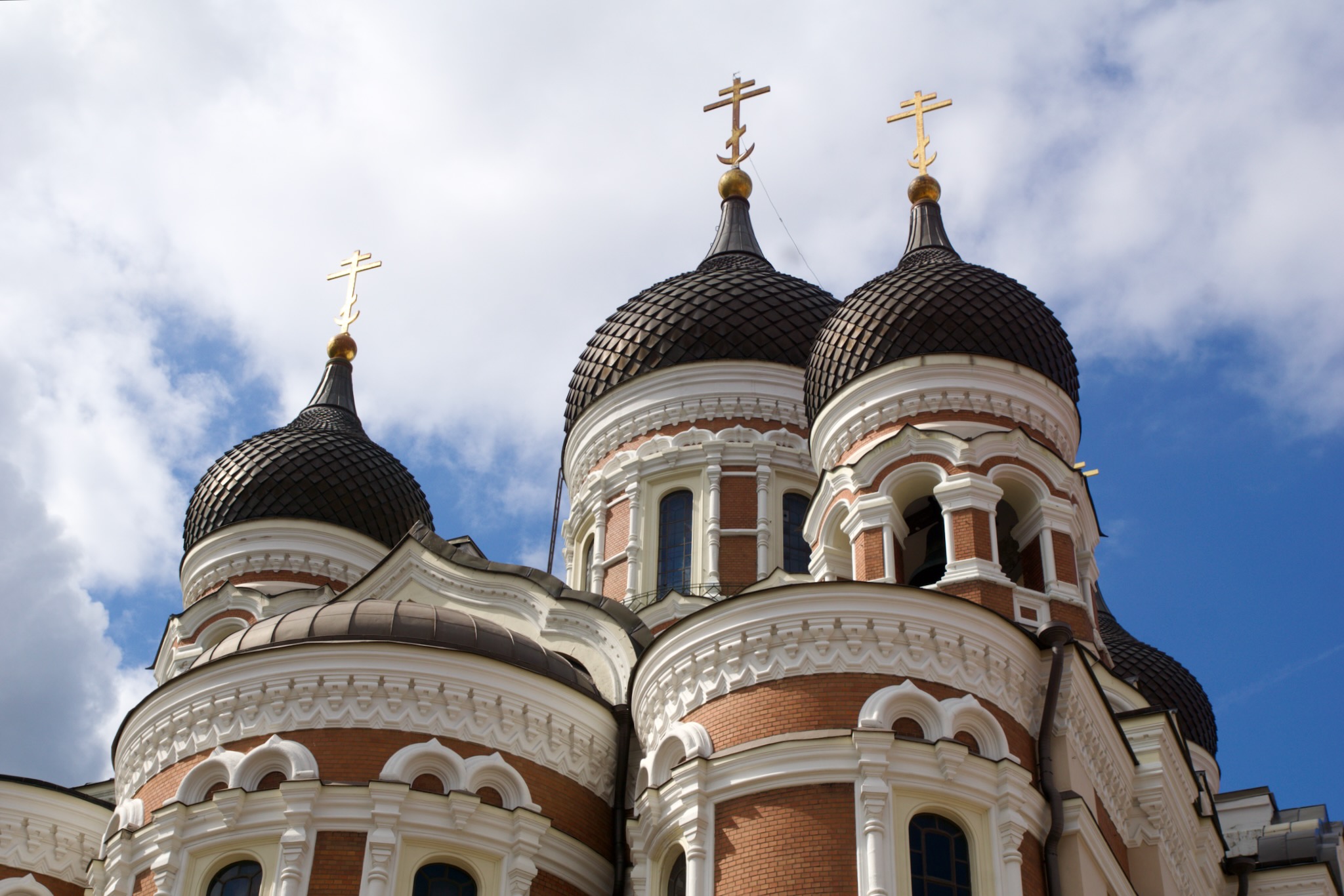
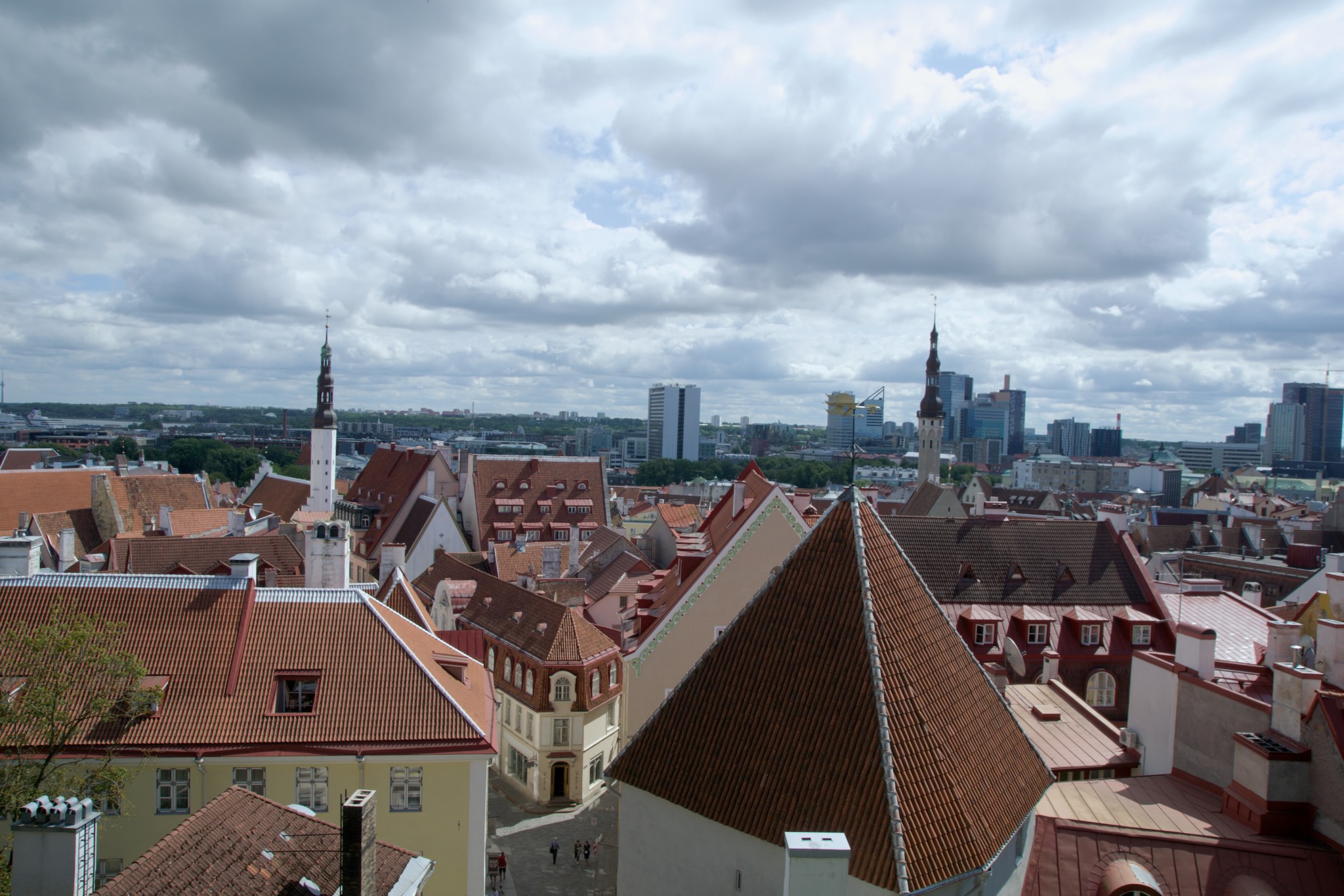
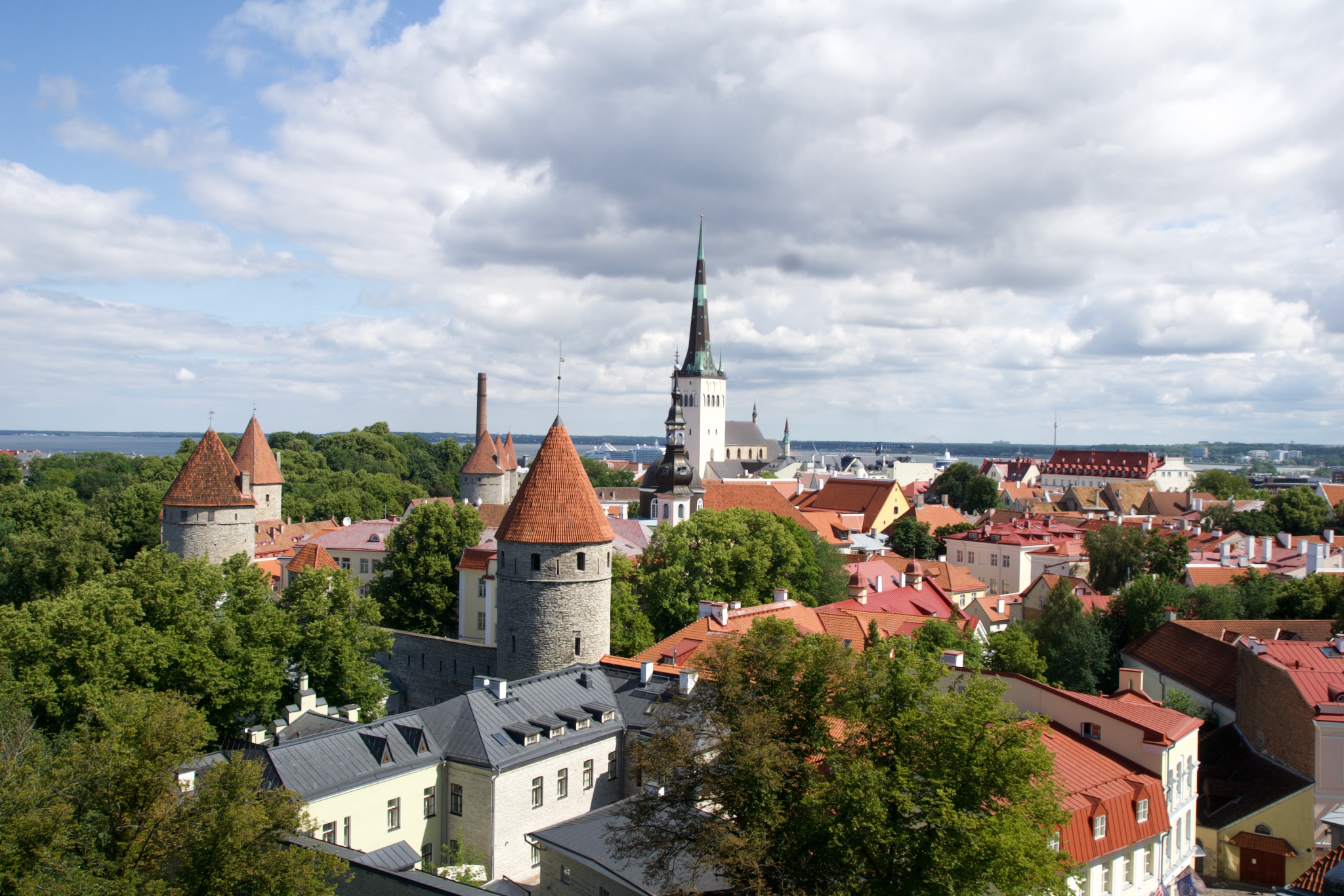
Tallinn Maritime Museum at the Seaplane Harbour
The Maritime Museum is housed in a unique historic building that originally served as a seaplane hangar. Built in the early 20th century, the vaulted halls of the hangar are a stunning example of architecture and engineering. Today, this architectural gem houses a fascinating collection of exhibits exploring seafaring and the history of the Estonian Navy. Upon entering the museum, we were immediately impressed by the size and variety of the exhibits on display. The entrance area appears quite unassuming, but accessing the exhibition hall was stunning. A central highlight of the Maritime Museum is the Lembit submarine, which was built in the 1930s and in service until 2011. You can even explore the interior of the submarine and experience firsthand what it was like to live and work underwater as a submariner. Another impressive exhibit is the replica of the Short Type 184 seaplane, which was used in the early years of aviation history.
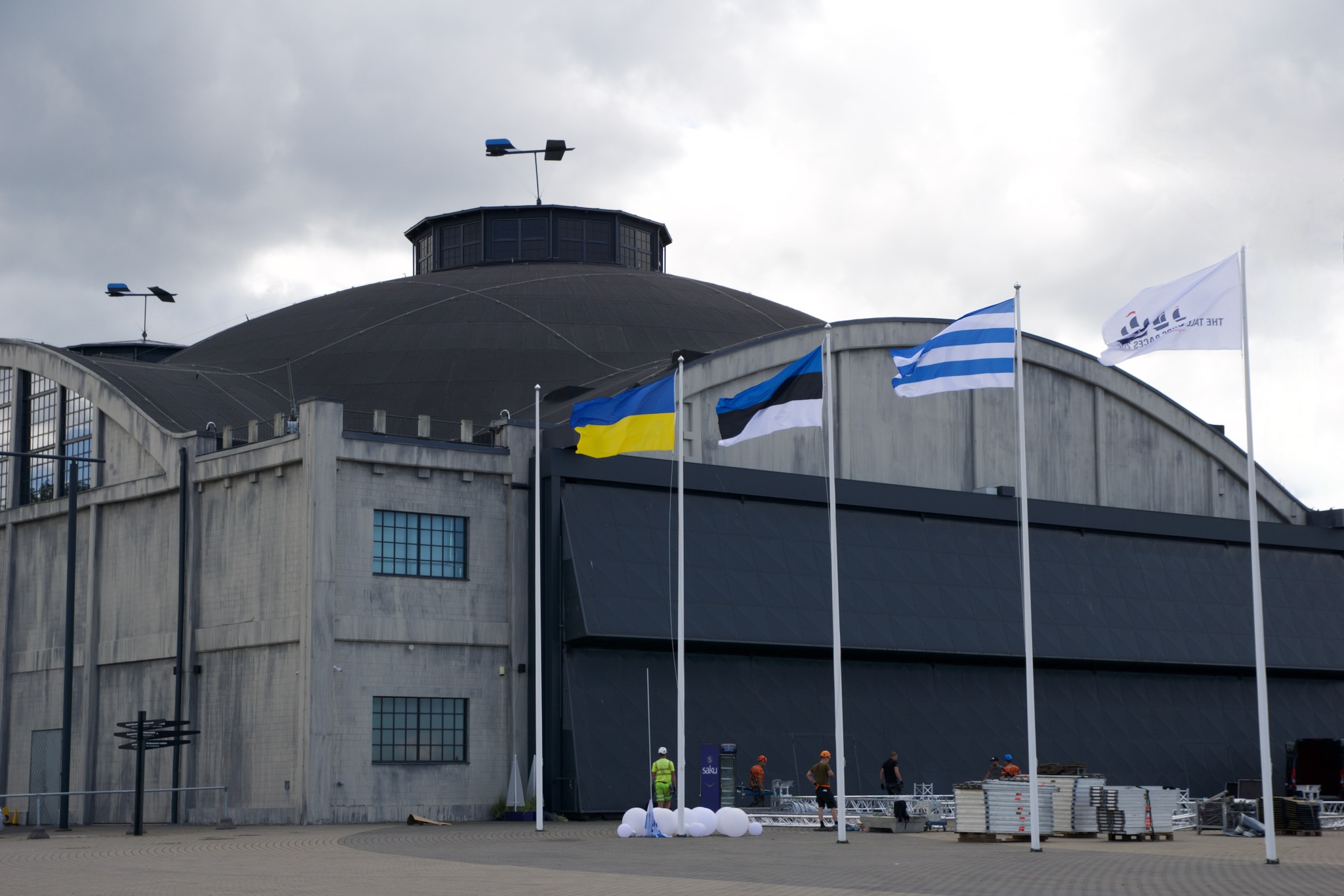
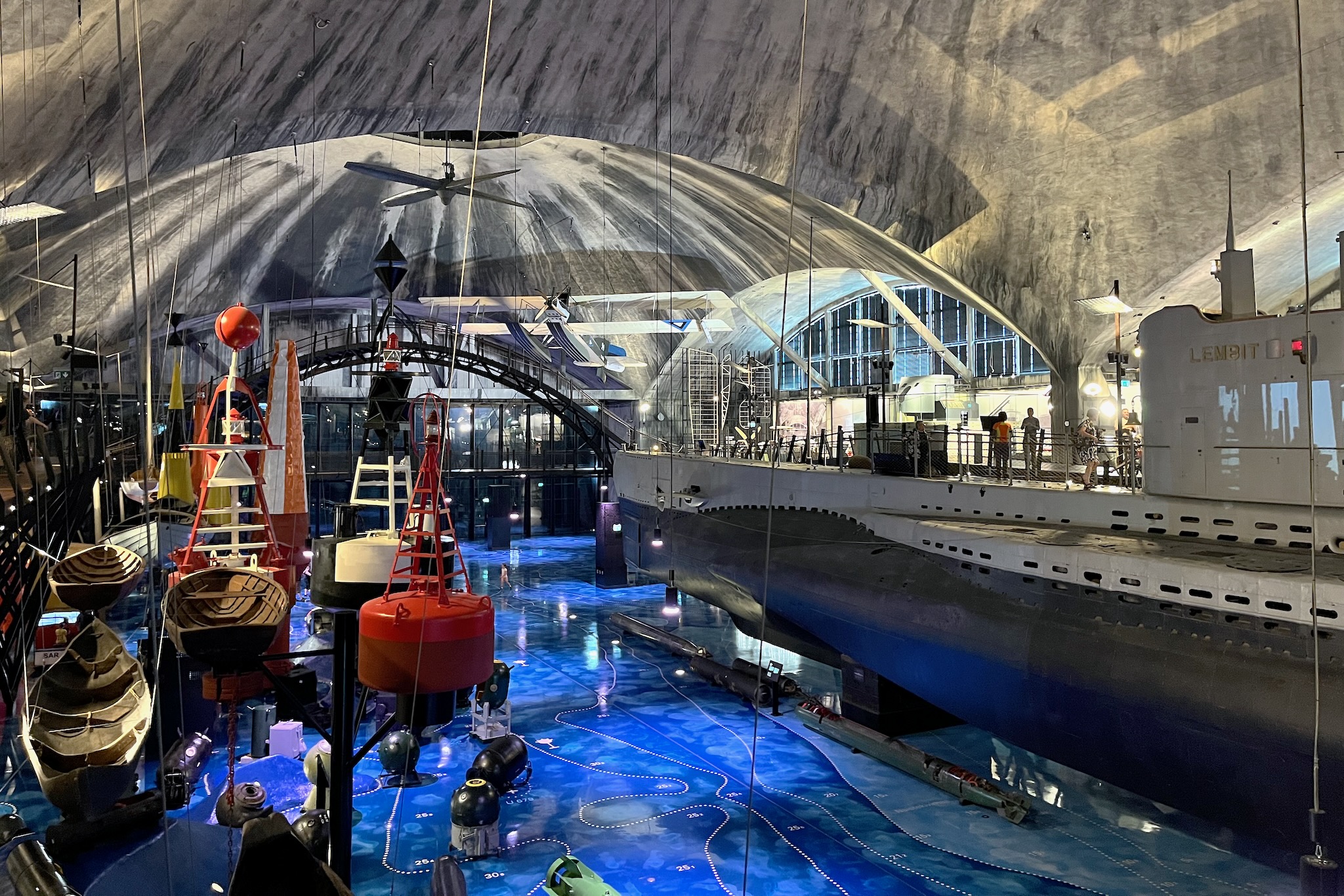
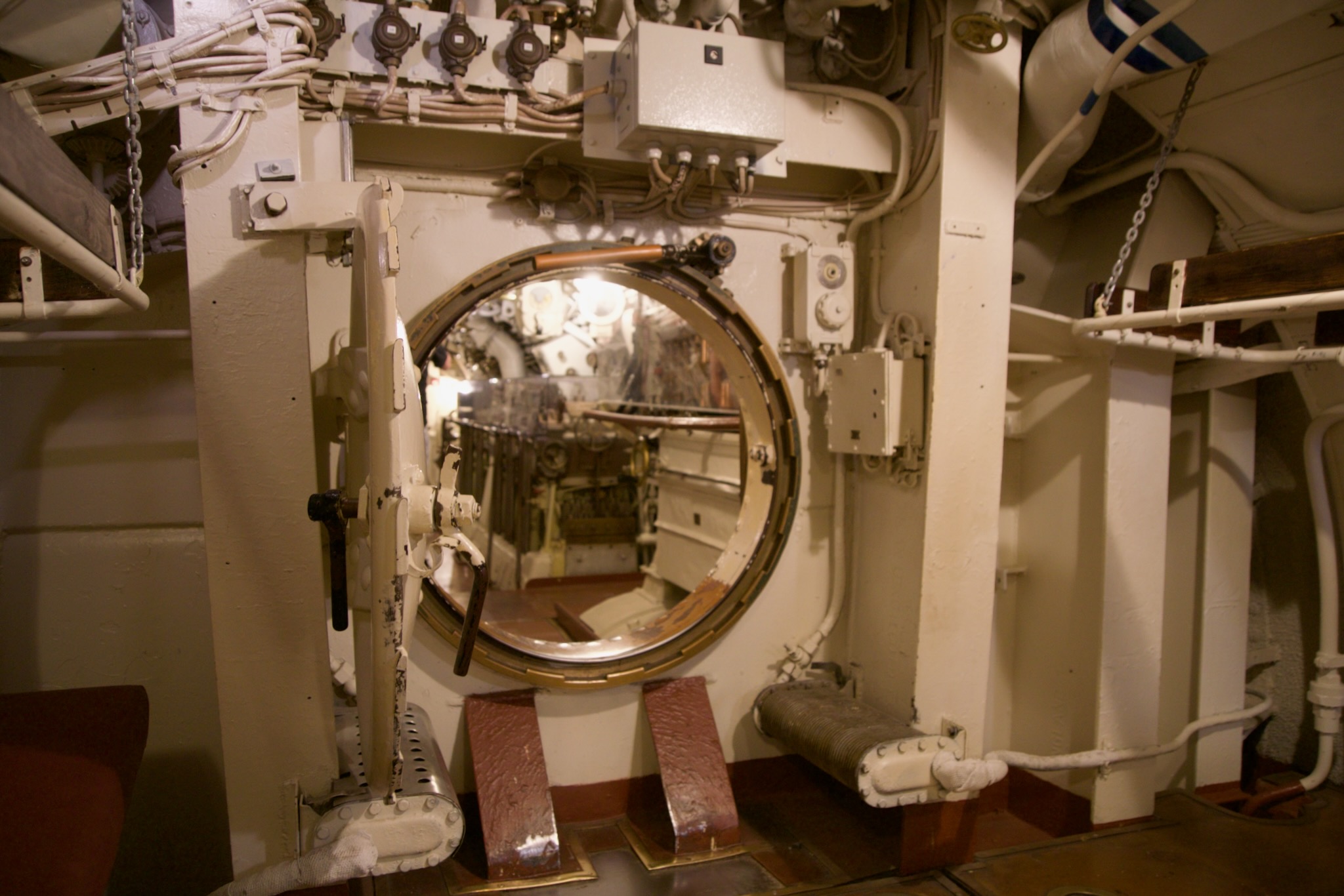
The Maritime Museum is particularly child-friendly and offers many interactive exhibits that not only delight little ones but also captivate adults. From a flight simulator where you can take control of the aircraft yourself to a water playground, there are numerous activities that make the visit a fun experience. Children can even pilot small ships themselves. Outside, you can climb into historic ships and explore them to your heart's content. This is precisely what makes the museum an adventure for the whole family.
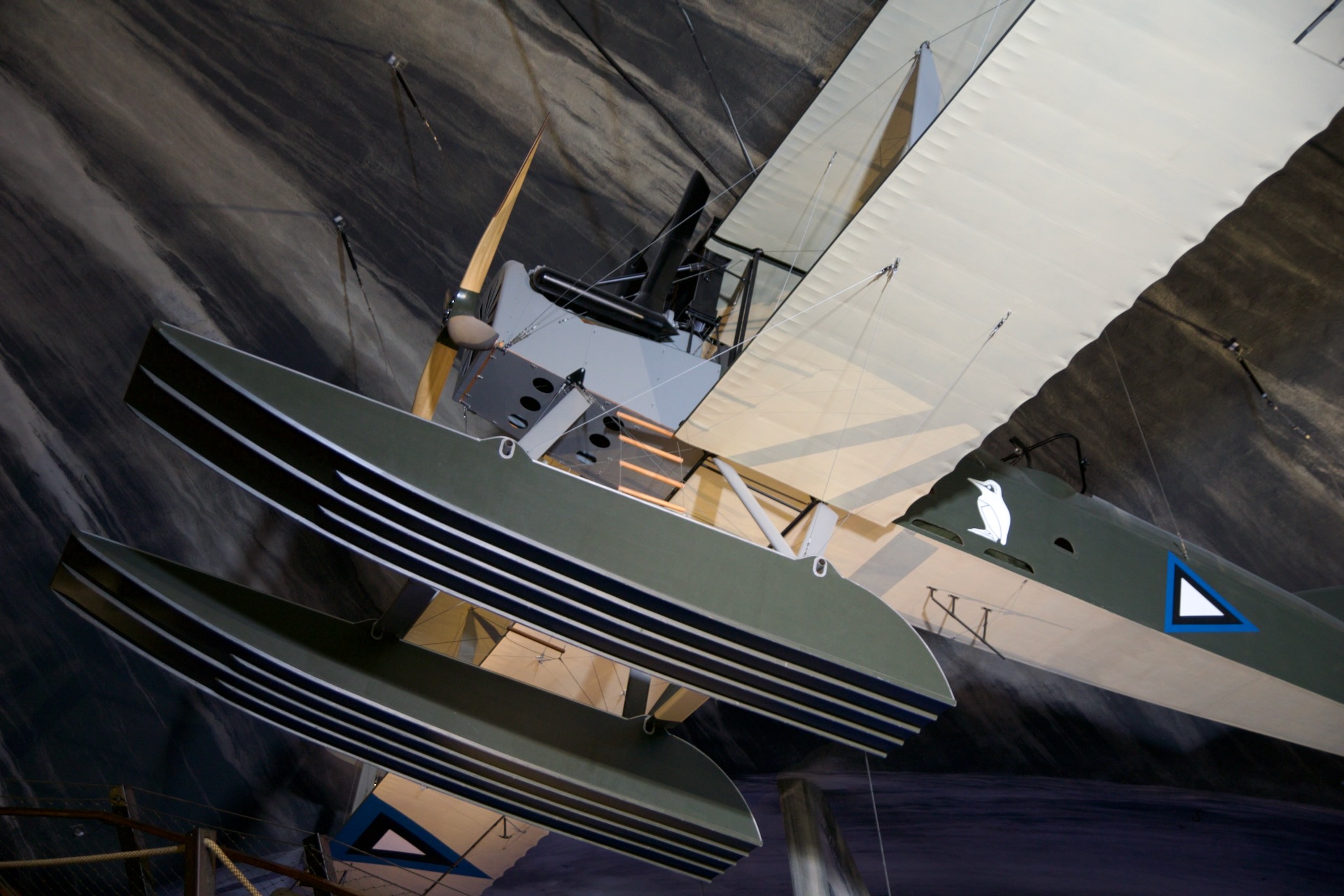
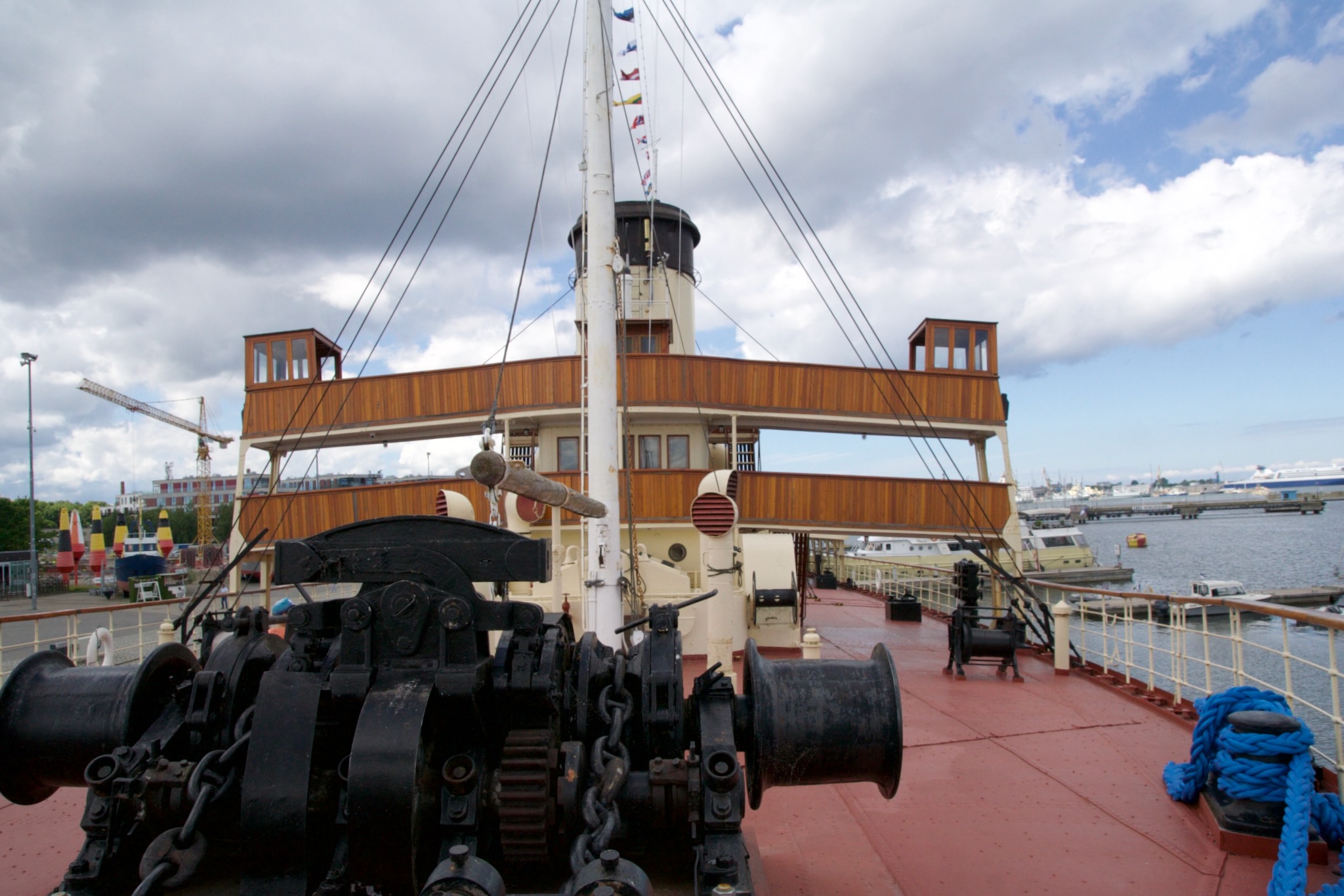
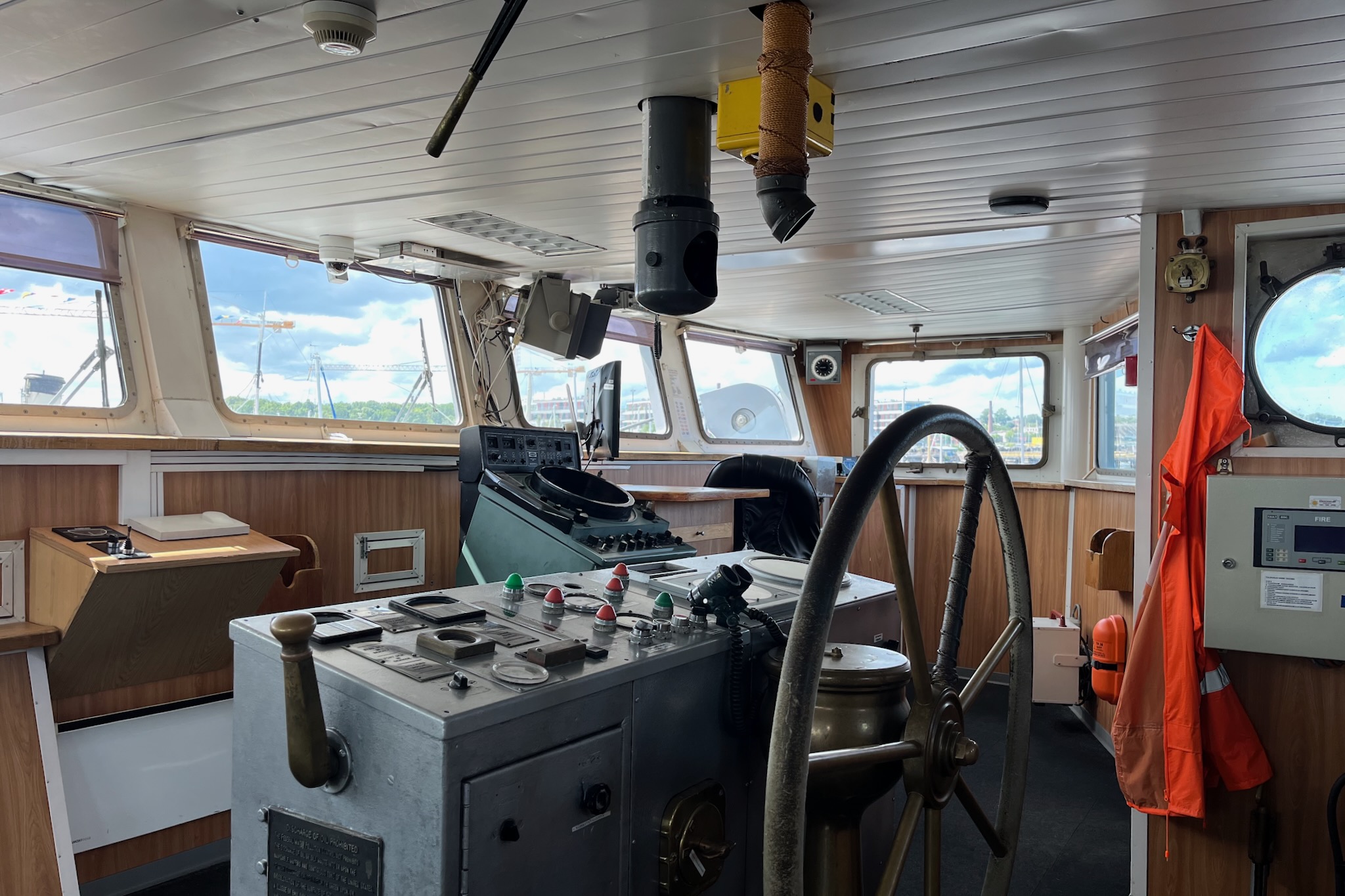
In addition to the impressive vehicles and interactive experiences, the Maritime Museum also tells the fascinating history of Estonian maritime navigation. There are exhibitions on the Estonian Navy, trade routes, famous seafarers, and the development of maritime technology over the centuries. Particularly captivating are the stories of daring expeditions and the development of ships that have shaped both the country's trade and defense.
Lahemaa National Park
Lahemaa National Park is Estonia's largest and oldest nature reserve, offering a spectacular mix of dense forests, pristine bogs, picturesque coastlines, and historic manors. Just about an hour's drive from Tallinn, Lahemaa National Park is the perfect destination for nature lovers, adventurers, and anyone who wants to experience Estonia's wild beauty.
Covering an area of almost 750 square kilometers, Lahemaa National Park is one of the largest protected forest regions in Europe and is home to an astonishing diversity of flora and fauna. The park's dense forests, consisting primarily of pine, spruce, and birch, are home to many wildlife species, including elk, wild boar, foxes, and even lynx. Lahemaa translates as "land of bays," and the name says it all: The park's coastline is characterized by deep bays, picturesque peninsulas, and rocky islands. The most famous peninsulas include Käsmu, Juminda, Pärispea, and Vergi.
We chose the Käsmu Peninsula and walked from the northern end of the town of the same name through a small forest area along the Baltic Sea. The rugged cliffs and boulders amidst the beautiful scenery were an absolute highlight of our tour. I found an oversized wooden swing by the side of the path and immediately had to try it out. A tradition in Estonia for young and old, especially at Midsummer. Here, you always remain a child.
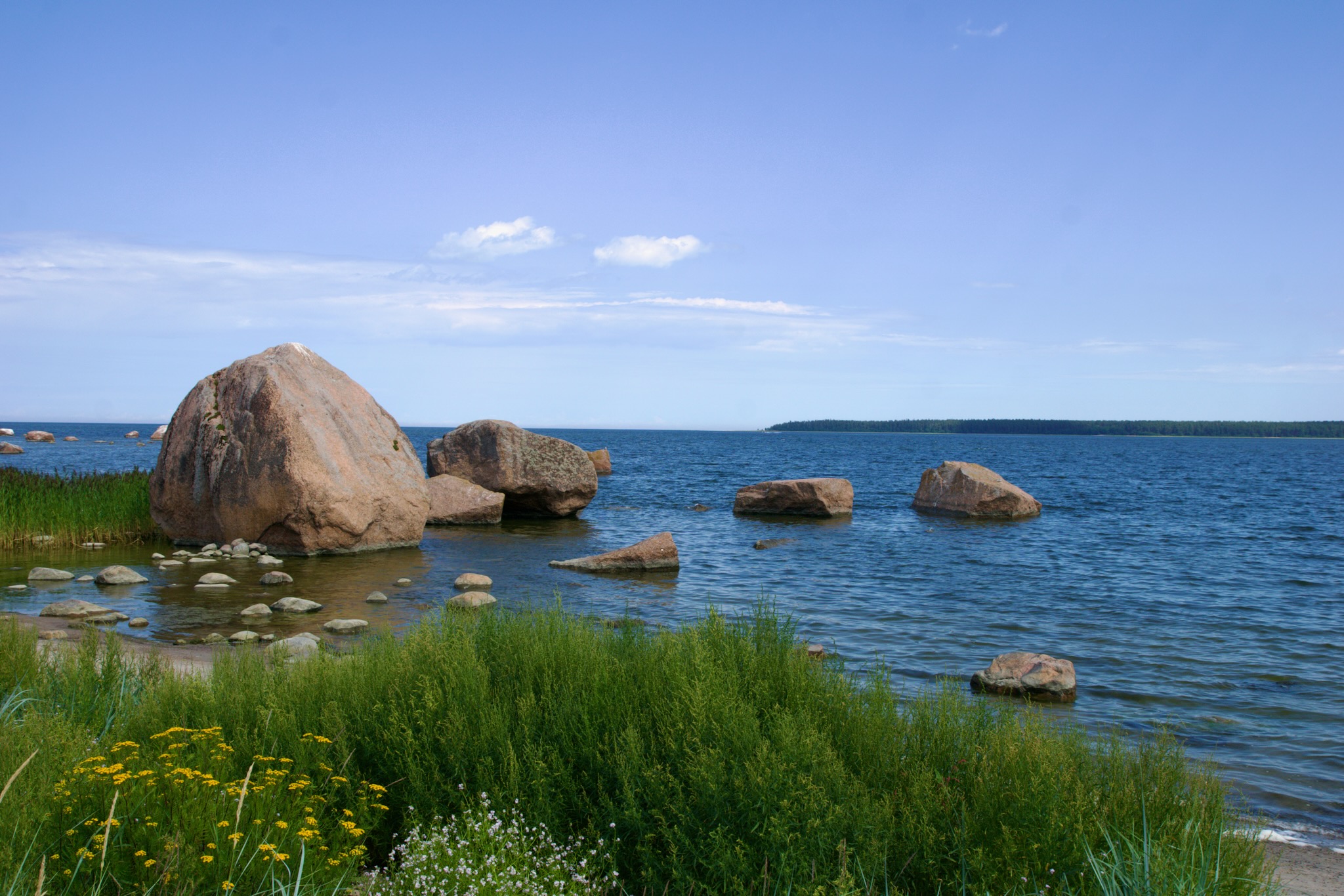
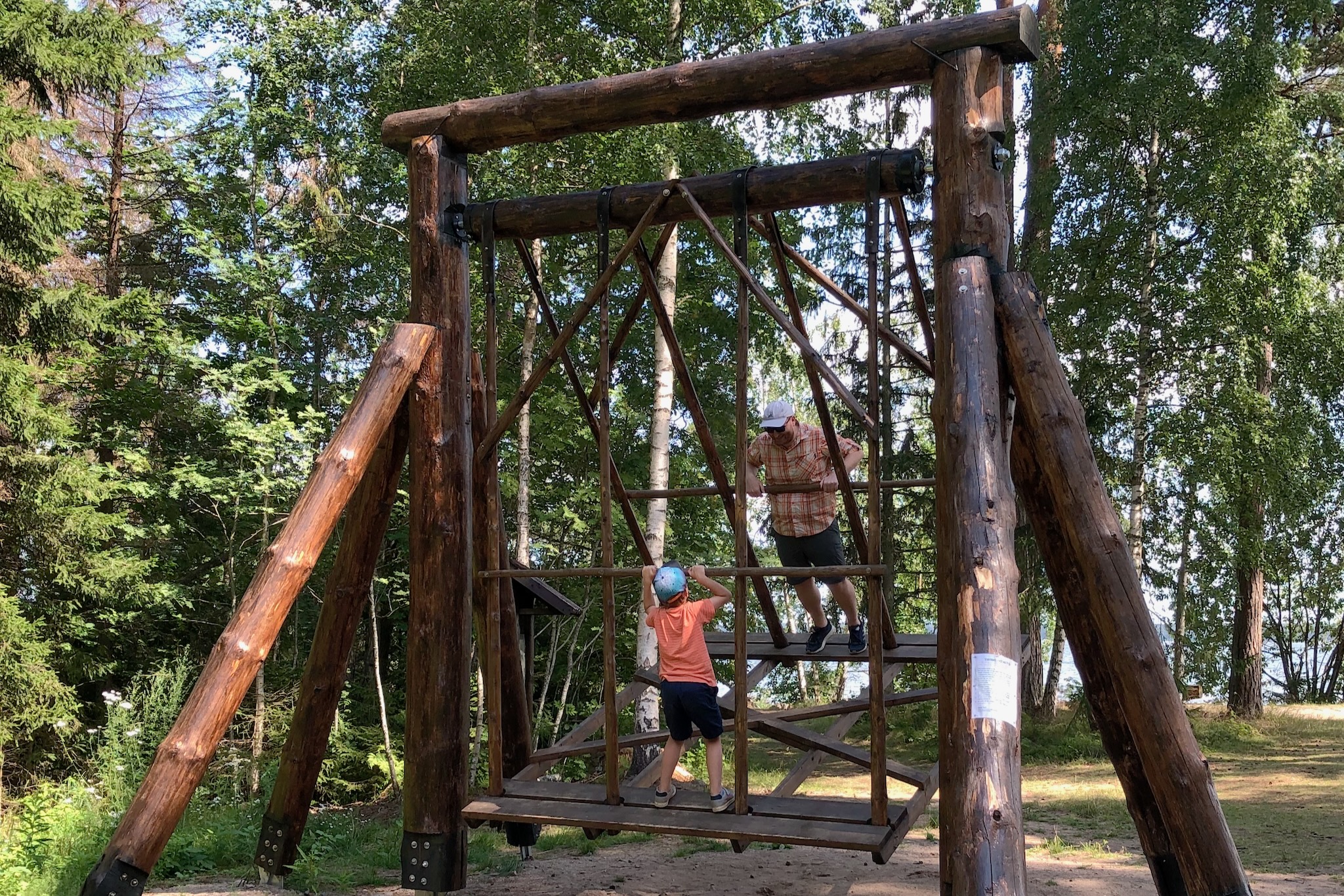
Afterwards, we drove to the seaside resort of Võsu. Here, we enjoyed the beach for a bit, with its beautiful, shallow entry into the Baltic Sea. You also have the opportunity to enjoy a delicious lunch, either in a restaurant or at one of the many small stalls. Our last stop of the day was the beaver trail near Oandu. More precisely, Koprarada, as these trails are called in Estonian. This small trail is perfect for children and not only tells you about beavers, but also about the flora and fauna, teaching them to respect and protect them. Unfortunately, we didn't see any beavers, but we were able to marvel at their tracks. Away from the coast, in the forests and meadows, be sure to remember mosquito repellent.
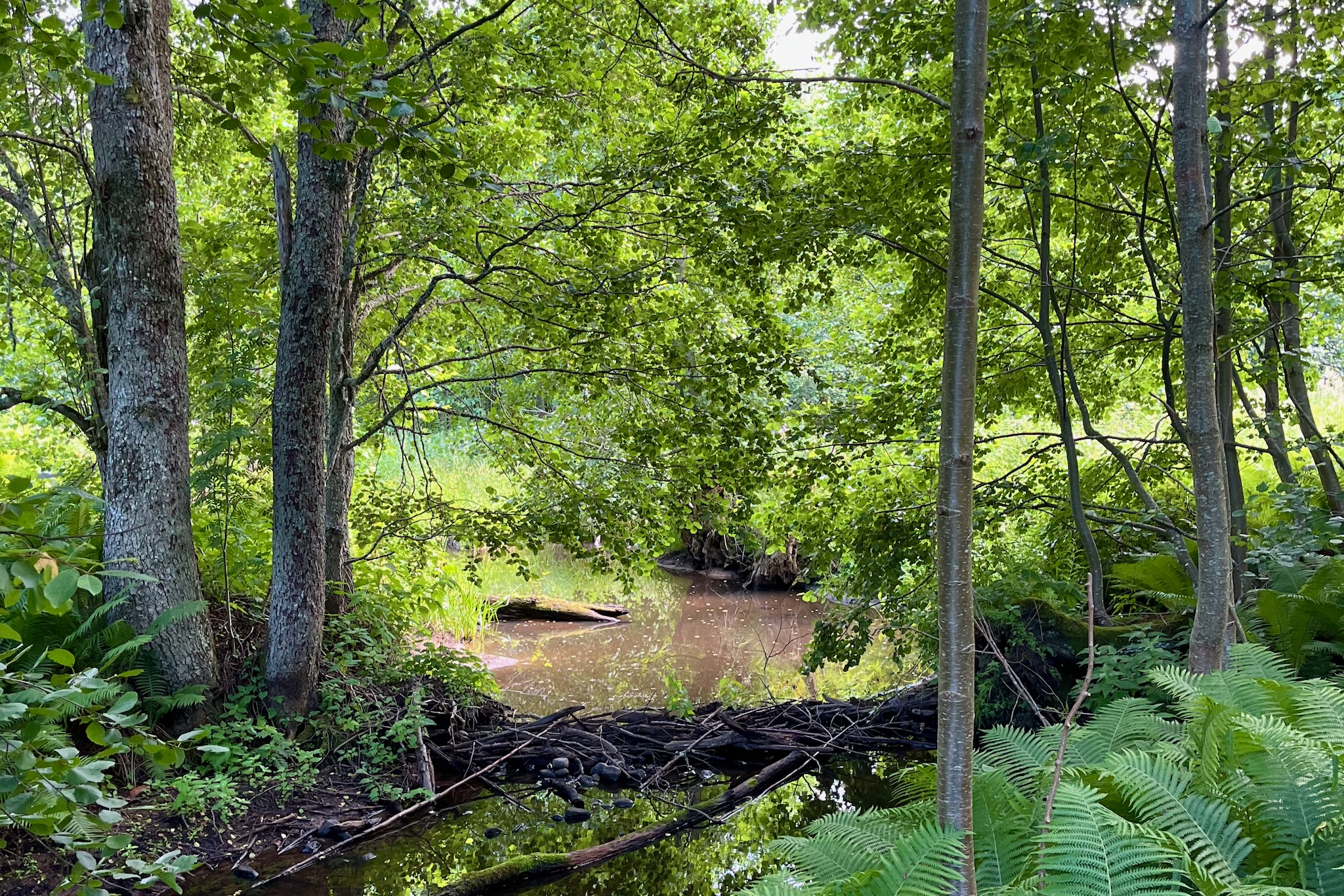
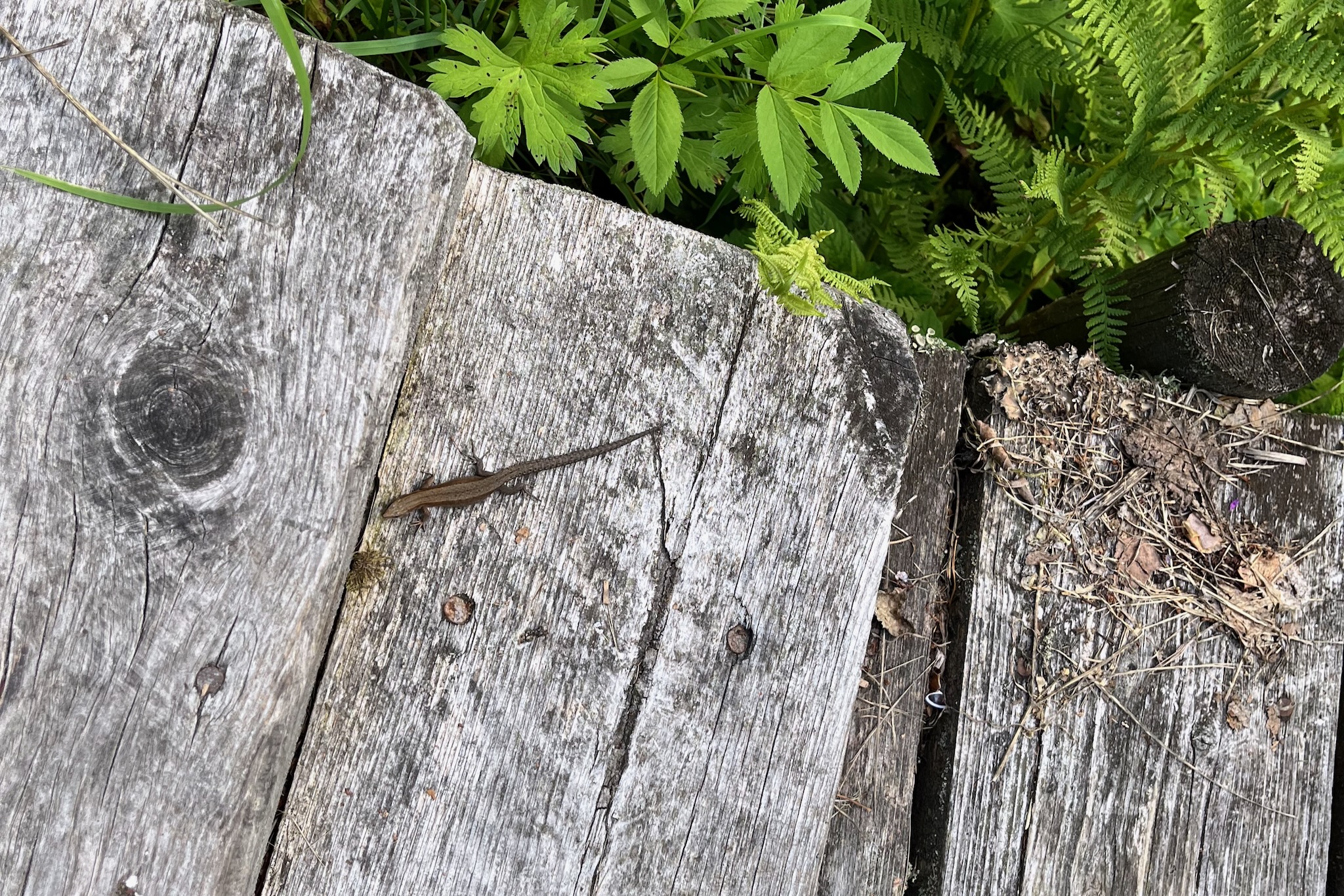
Soomaa National Park
Soomaa National Park is a hidden gem in the heart of Estonia, offering a pristine landscape that is unique in its kind. The park is a fascinating natural paradise that captivates both adventurers and nature lovers. If you're looking for a destination off the beaten track that offers an authentic encounter with Estonian nature, then Soomaa National Park is the place for you.
What makes Soomaa National Park so special is the phenomenon of the "fifth season." During the spring snowmelt, the park's rivers transform into raging torrents, flooding the surrounding meadows and forests, creating a stunning waterscape.
Soomaa National Park is known for its diverse landscape, composed of extensive bogs, dense forests, rivers, and floodplains. The name "Soomaa" means "land of bogs" in Estonian, and the park's five large bogs—Kuresoo, Valgeraba, Öördi, Kikepera, and Kuresoo—are the heart of this unique region. These bogs are home to a variety of plant and animal species, including rare orchids, pond turtles, and moose.
One of the best ways to experience the beauty of the bogs is to hike the boardwalks that wind through the landscape. We chose the popular Riisa Trail, which runs along a 4.8-kilometer route through various bog landscapes, offering spectacular views and the opportunity to enjoy the peace and quiet of the park. You can even swim in the bog at bathing spots.
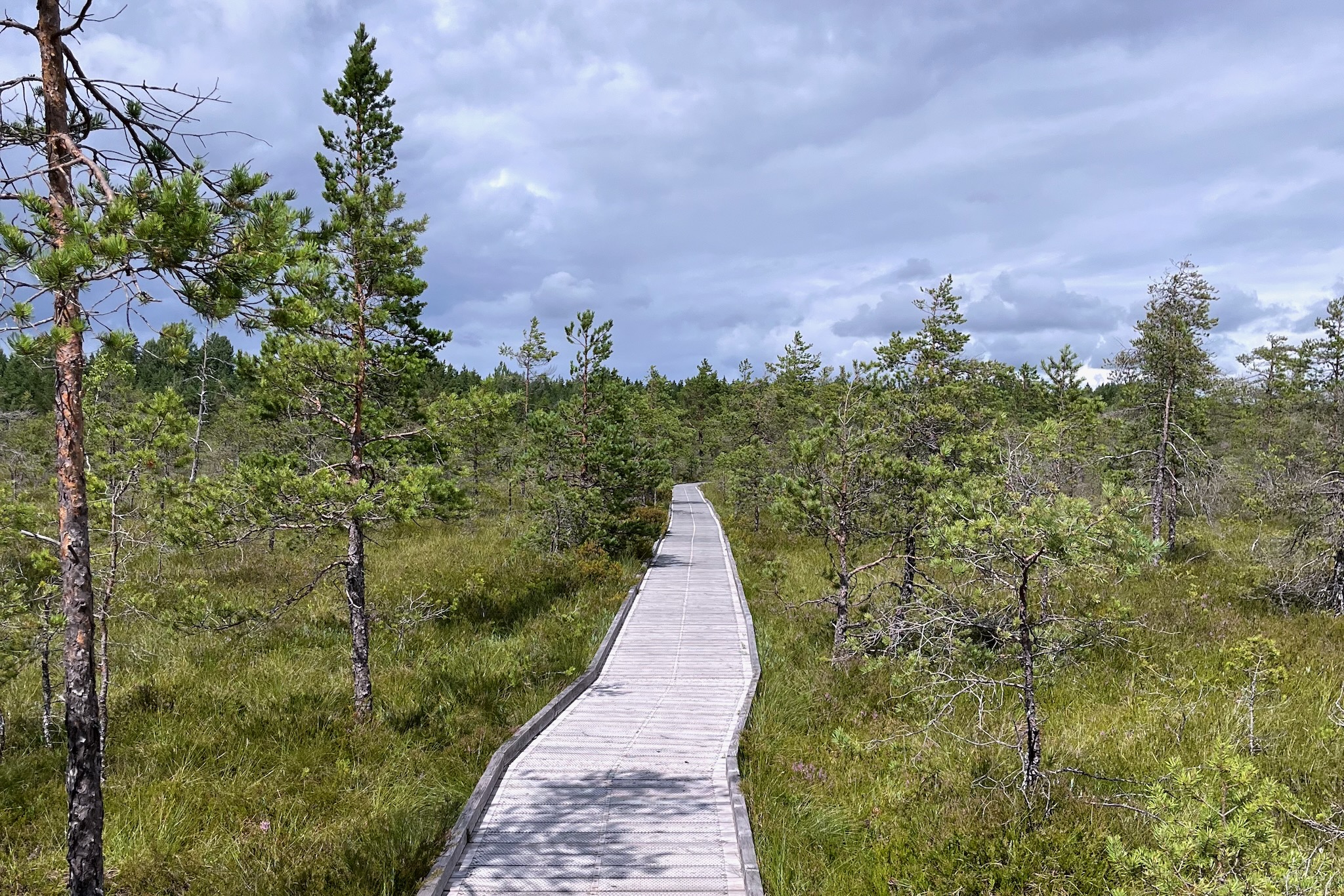
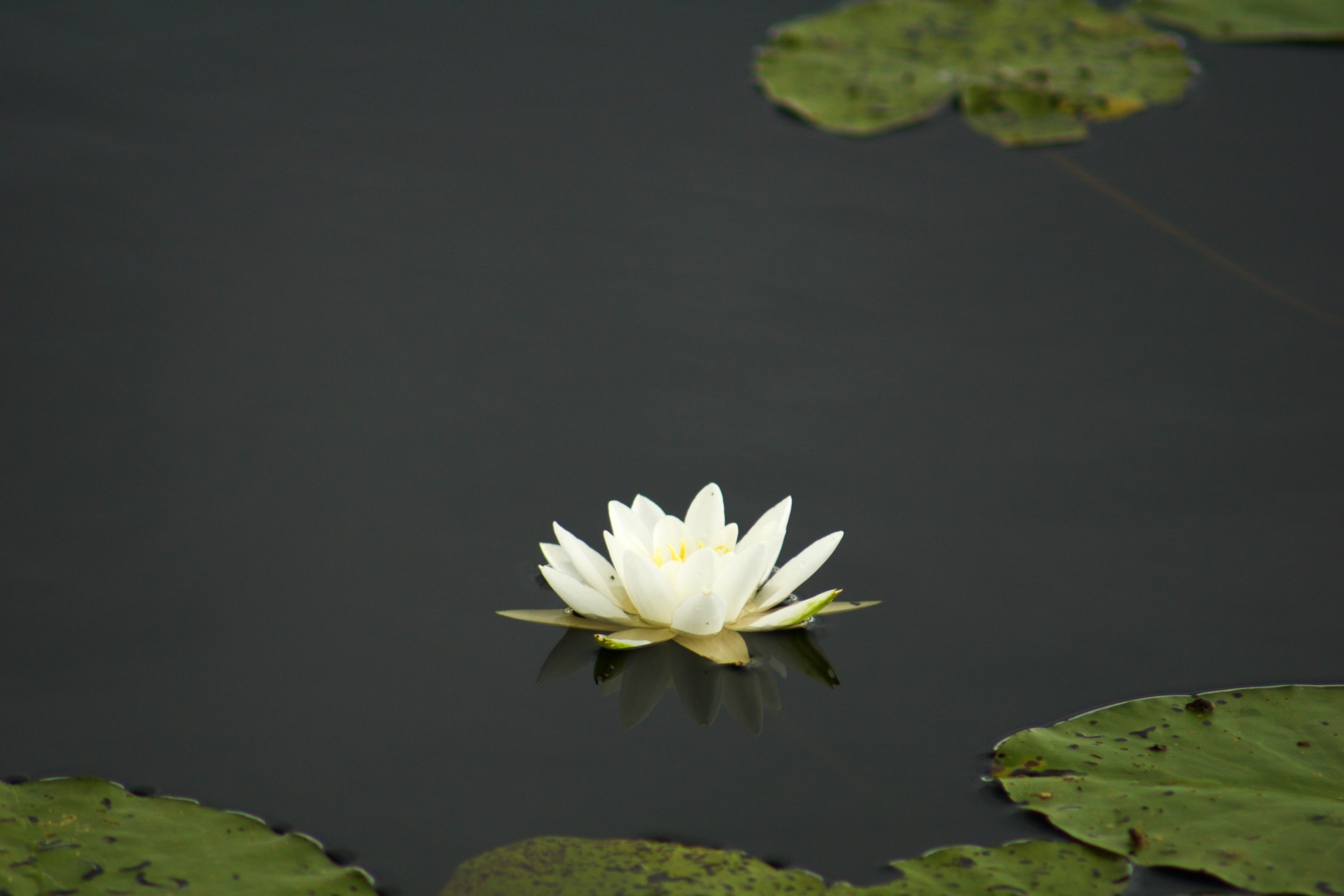
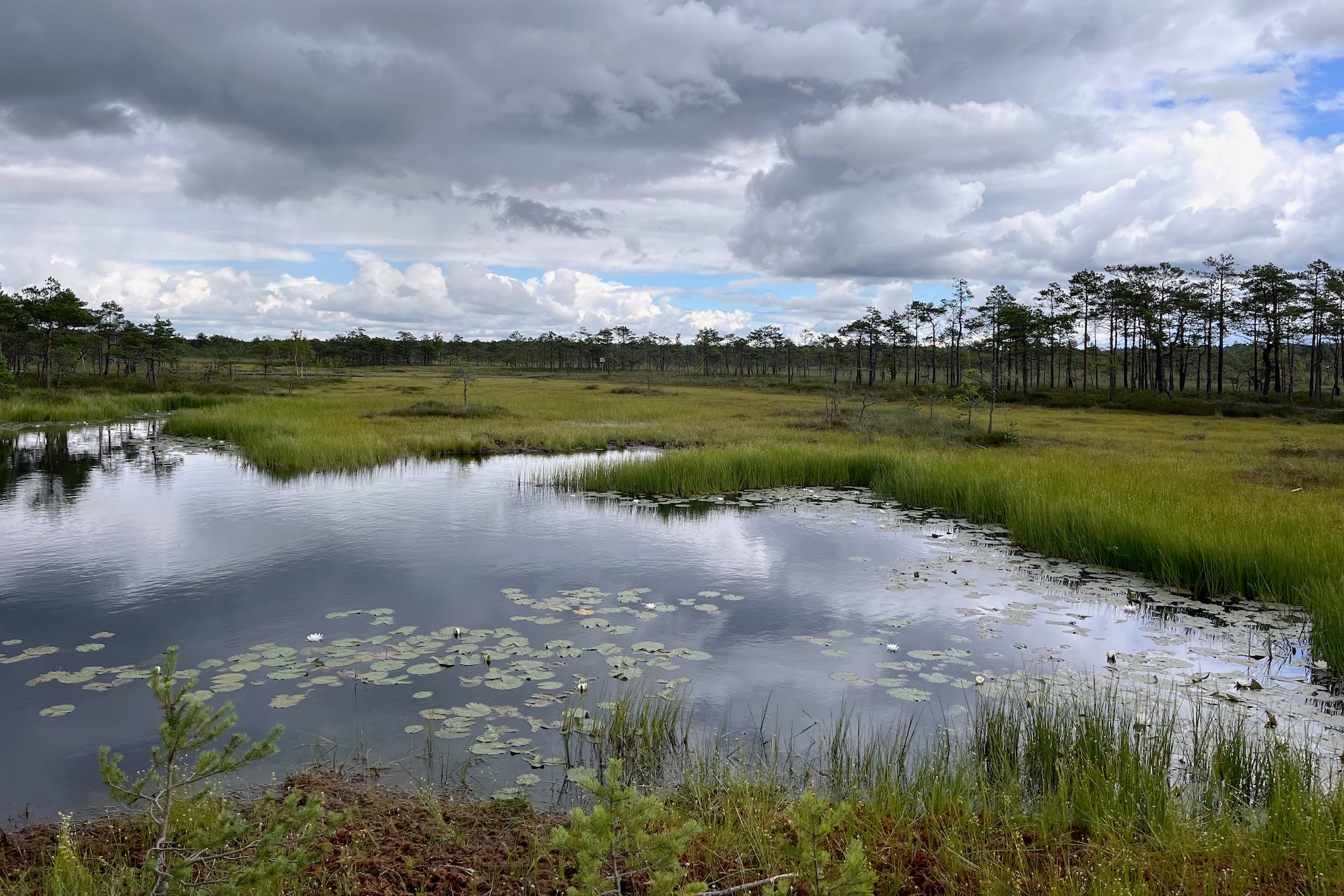
Soomaa National Park is a paradise for animal lovers. The park is known for its rich biodiversity and is home to many animals rarely found in other parts of Europe. With a bit of luck, you might spot elk, deer, wild boars, beavers, and even lynx. We therefore visited the beaver trail here, hoping to spot some this time. Unfortunately, we didn't manage to spot them, but the walk across the wooden boardwalks was an absolute experience, even for our son. Don't forget your mosquito repellent!
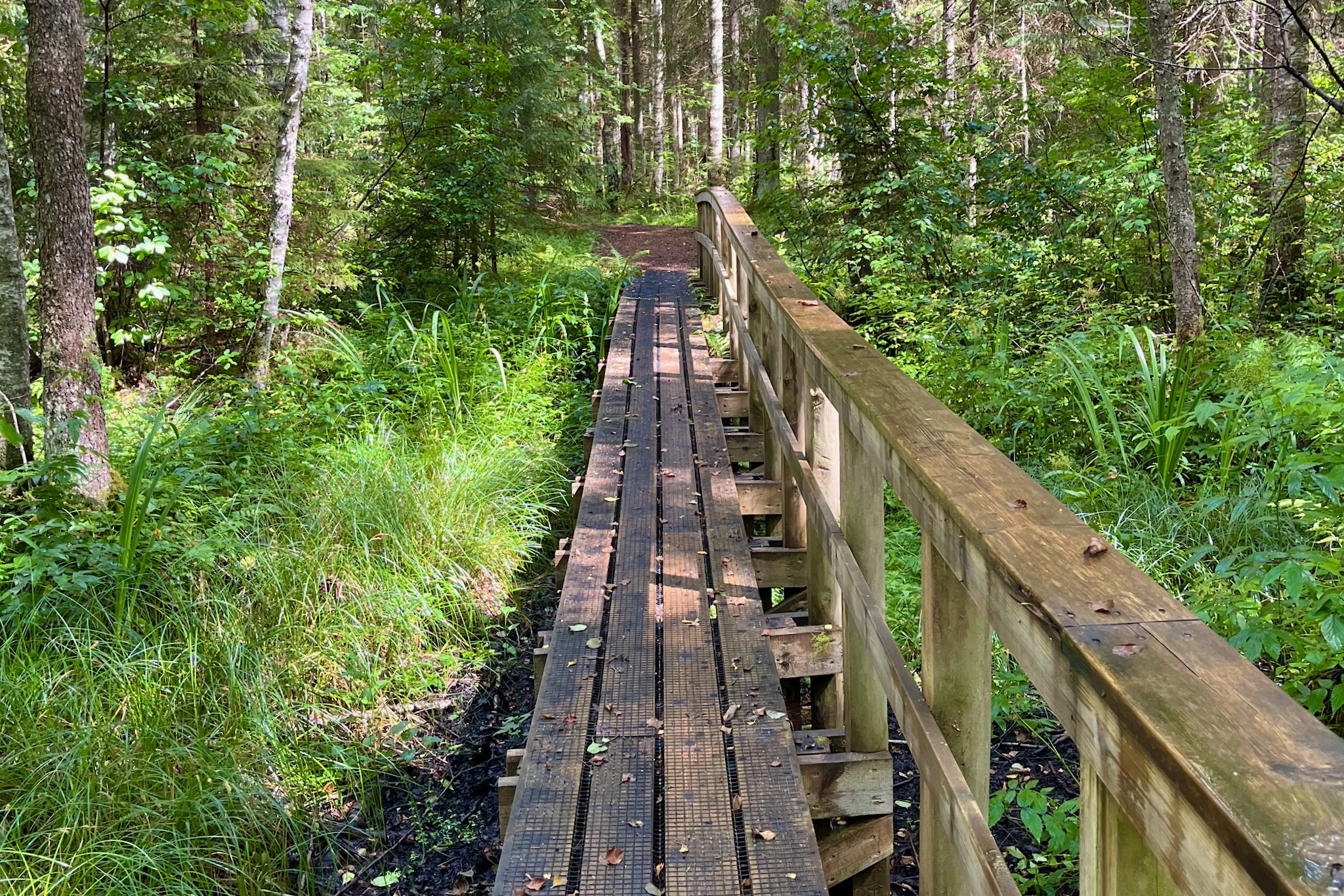
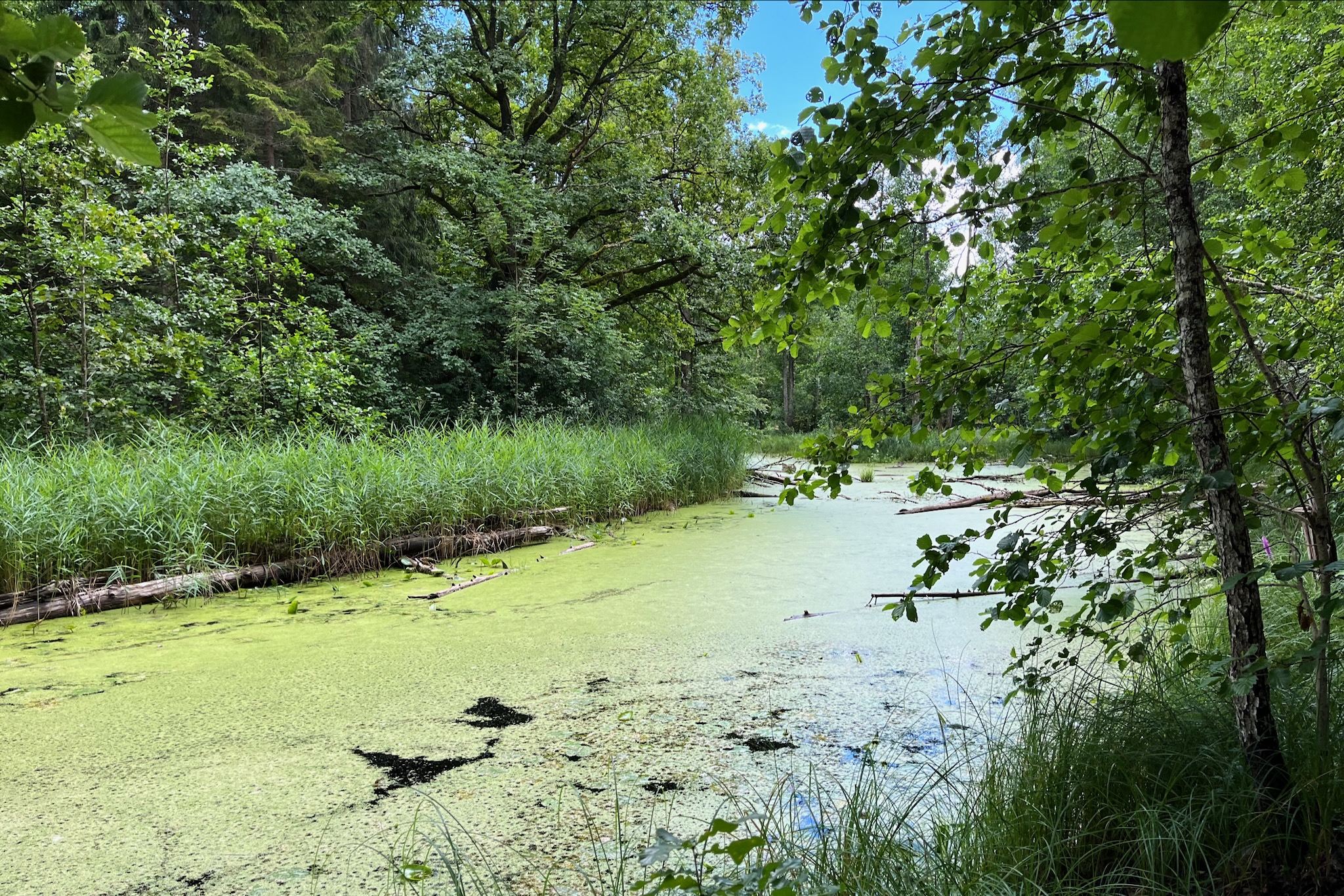
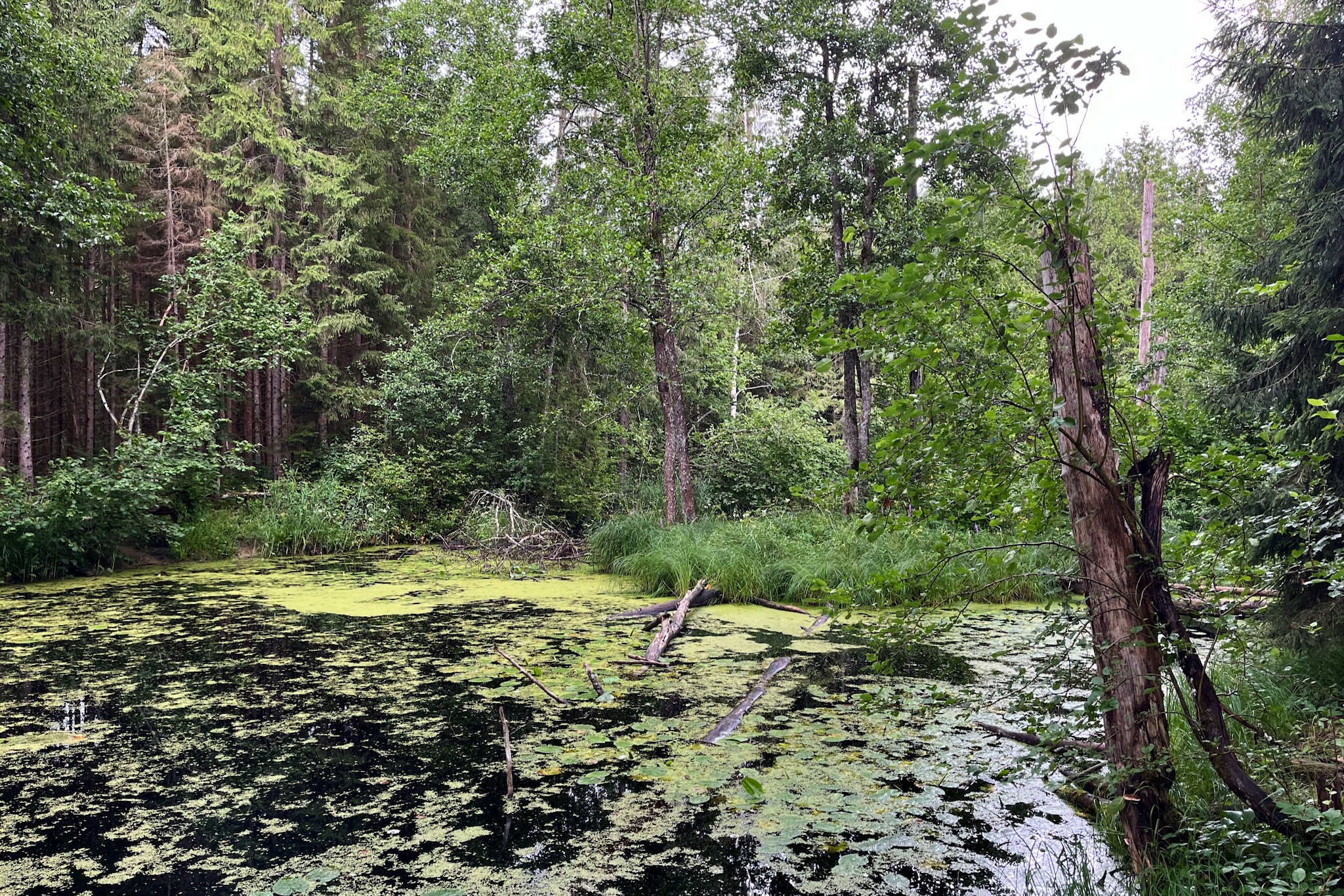
Did you like this article? Then share it on social media! This way you'll be supporting our work. We also welcome your opinion in the Comments.

